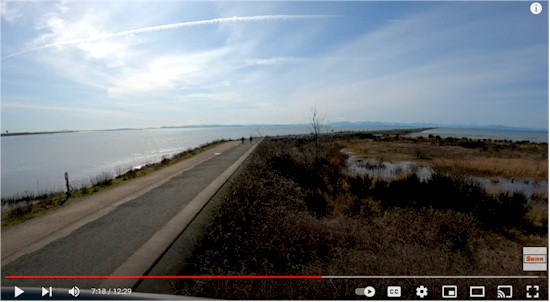 History of the Pacific Flying Club. History of the Pacific Flying Club. |
|
The club was established in 1965 as the Canadian Pacific Airlines Employees Flying Club and later became known as the Pacific Flying Club. Originally located at Vancouver International Airport, we relocated to Boundary Bay Airport in 1985 when ZBB was recommissioned as an airport. The Club's senior management team has been recognized as leaders in their field. Gretchen Matheson, the Club's Chief Flight Instructor in the 1980's and early 1990's, was a pioneer among women in Canadian aviation and was awarded the British Columbia Aviation Council's Lifetime Achievement Award in 1992. More information at: |
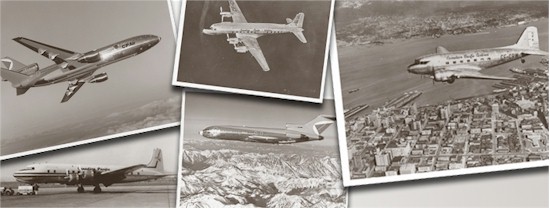 |
|
More from Larry Milberry's 'The Great Lockheed Twins' at canavbooks.wordpress.com |
|
CF-CUJ Built in early 1945 for the USAAF as C-54E - 44-9035, this DC-4 (civil designation) was sold within months by the US government Reconstruction Finance Corp. to Pan American World Airways. In 1957 CPA sold the aircraft to Maritime Central Airways (MCA), where it was registered as CF-MCI. We spotted CF-MCI at Malton Airport several times in the early 1960's, when it mainly was busy on accounts here — either flying in rhesus monkeys from India by the thousands (at a time) for the production in Toronto of polio vaccine, or doing summer tourist charters in the trans-Atlantic trade. One wonders if they ever got the smell of the monkeys completely out of the plane, so that passengers could be carried! On this occasion, CF-MCI is arriving at Malton on a very blustery January 30, 1960 with a load of monkeys. Imagine crewing on such a flight that would have taken a good 3 - 4 days from India on the other side of the world at a plodding 170-180 mph. I wish some of the old time Canadian DC-4 pilots had written their memoirs, so we could get the inside story of their work, but the lazy sods traditionally have been loath to pick up a pen. CF-MCI later served Eastern Provincial Airways and Nordair. Its flying days ran out in 1968, after which it disappeared for scrap. Editors' Note: CF-CUJ c/n 27261 delivered to CPA on November 3, 1951 and assigned fin #413. Sold to Maritime Central Airways (MCA) on April 10, 1957. Source: CPAL History by D.M. Bain |
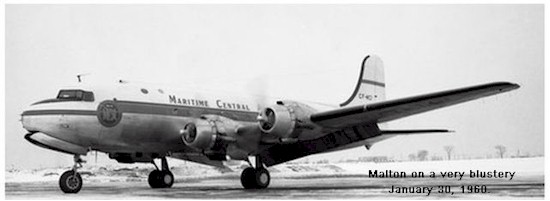 |
|
CF-TAL One of Transair's fleet of hard working DC-4's serving the DEW line at one time. DEW line resupply contracts periodically changed. In the early years Maritime Central Airways (MCA) of Moncton dominated the show. Later it was Nordair from Dorval, periodically Transair, at other times PWA and CPA on the western DEW line. CF-TAL was acquired in the US early in 1961 to bolster DEW line capacity. It returned to the US in 1973, a time when Transair was modernizing with such types as the Argosy and B737. Last heard of (1983) CF-TAL was N301JT in storage under the Arizona sun. |
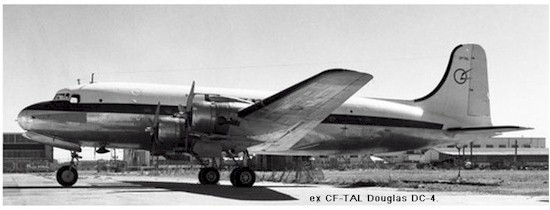 |
|
CF-TAY Yet another wonderful landing shot, this one showing Northwest Orient Airlines' (NWA) N291 at Minneapolis on August 20, 1963. This was during one of the great cross-country driving trips that Nick Wolochatiuk and I used to make in Nick's VW "Beetle". In this case, were on the road living like street people on a few dollars a day — for 3 weeks! How is this (photograph below) for a perfect angle on a DC-7C? Notice how these old prop liners were so filthy where the exhausts spewed out their smoke and crud. N291 served NWA 1957 to 65, then it spent a few years as CF-TAY with Transair of Winnipeg. Again, many outfits followed, the plane finally ending as freighter HI-524CT in the Dominican Republic and going for scrap around 1990. |
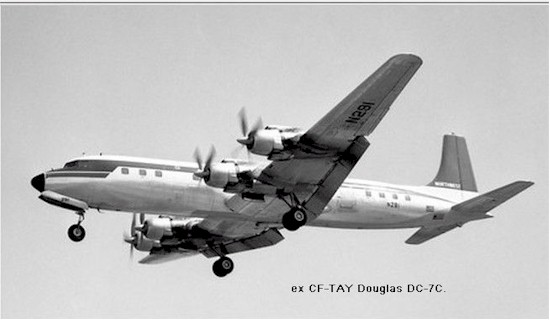 |
|
For an interesting review of airlines of Canada that have passed into history, have a look here: |
|
|
|
Resorts
Note: AI = All Inclusive |
|
Cruises
|
|
Please refer to product listings on web for specific requirements or contact your PERX Vacation Consultant.
PERX.com brought to you by Interline Vacations, 12708 Riata Vista Circle, Suite A-125, Austin, TX 78727. Tel: 512-691-4500. |
|
About Sunwing Airlines By 2004, Sunwing Vacations had become the second largest tour operator in the Ontario area. That year, a former Skyservice employee named Mark Williams approached the CEO of Sunwing Travel Group, Colin Hunter, and asked if he wanted to start an airline. A few weeks later, official plans to launch the airline were in place. In November 2005, a Boeing 737-800 departing from Toronto was the airline's inaugural flight. In December 2005, Sunwing flew its first direct flight from Sudbury, Ontario to Varadero, Cuba, making it one of the first international flights directly from the Sudbury Airport. In November 2006, the company flew its first flight out of Montreal. |
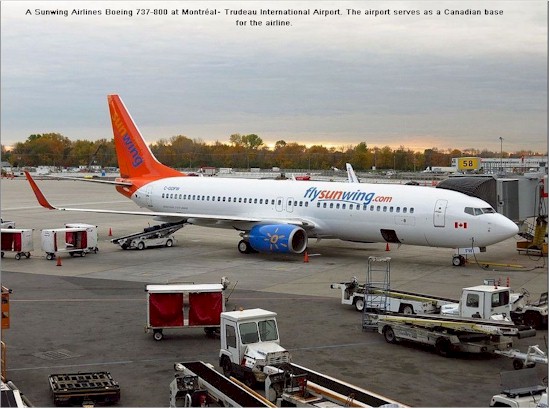 |
|
The Spruce Goose. The largest wooden airplane ever constructed, and flown only once, the Spruce Goose represents one of humanity's greatest attempts to conquer the skies. It was born out of a need to move troops and material across the Atlantic Ocean, where in 1942 German submarines were sinking hundreds of Allied ships. Henry Kaiser, steel magnate and shipbuilder, conceived the idea of a massive flying transport and turned to Howard Hughes to design and build it. Hughes took on the task, made even more challenging by the government’s restrictions on materials critical to the war effort, such as steel and aluminum. |
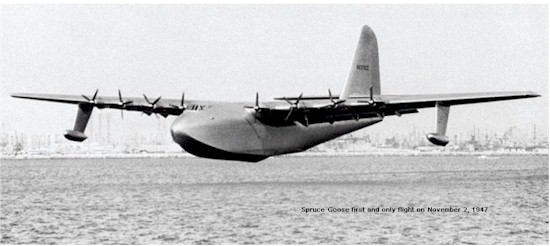 |
|
Six times larger than any aircraft of its time, the Spruce Goose, also known as the Hughes Flying Boat, is made entirely of birch wood. The winged giant made only one flight on November 2, 1947. The unannounced decision to fly was made by Hughes during a taxi test. With Hughes at the controls, David Grant as co-pilot, and several engineers, crewmen and journalists on board, the Spruce Goose flew just over one mile at an altitude of 70 feet for one minute. The short hop proved to skeptics that the gigantic machine could fly. The Spruce Goose was kept out of the public eye for 33 years. After Hughes’ death in 1976, it was gifted by Hughes’ Summa Corporation to the Aero Club of Southern California. The Aero Club then leased it to the Wrather Corporation, and moved it into a domed hangar in Long Beach, California. In 1992, Evergreen Aviation & Space Museum co-founders Michael King Smith and Delford M. Smith submitted the winning proposal to provide the aviation icon with a proper home. The Flying Boat was disassembled and transported by barge up the West Coast, then up the Columbia and Willamette Rivers, to Portland, Oregon. It remained there for several months, until water levels permitted the huge structures to safely pass under the Willamette’s many bridges. Finally, in February 1993, the aircraft was transported by truck for the last 7.5 miles to McMinnville, Oregon. In 2001, re-assembly of the Hughes Flying Boat was completed in its new home. Source: evergreenmuseum.org/the-spruce-goose Editors' Note: Photo below taken by Wayne Albertson at the Evergreen Museum, in May 2014, of the actual Spruce Goose with a replica of the Spirit of St. Louis in the foreground. |
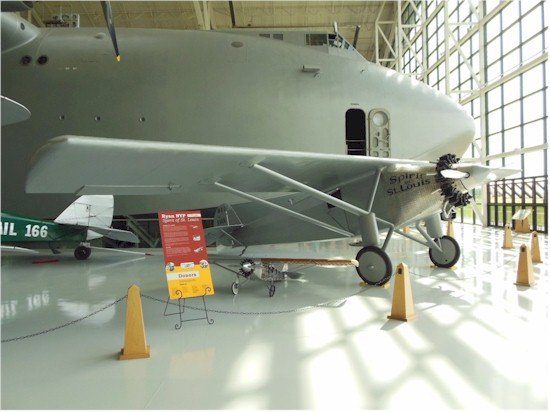 |


